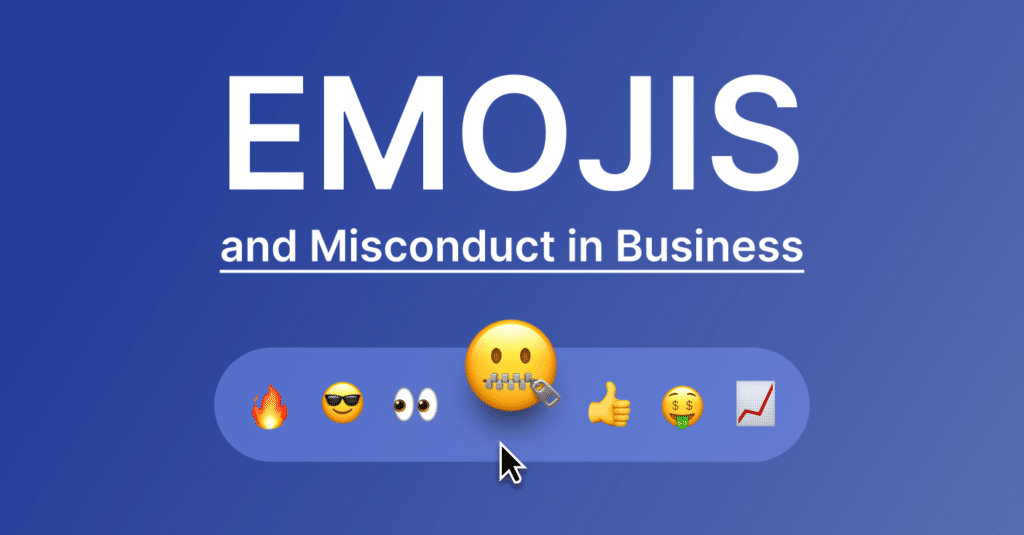The future of RegTech: key takeaways from the PwC “The Future of Market Abuse Surveillance” report

Compliance officers walking the trading floor to surveil for market abuse seems so … so … last century. Antiquated at best, ineffective at worst, traditional market surveillance has come a long way indeed. Even in the last few years, technology, especially artificial intelligence, has allowed the RegTech field to make gigantic leaps into the future. Today, the breadth across multiple electronic communications channels to the depth of surveillance digs deep into the nuance of a conversation. PwC has recently released their 2025 – The Future of Market Abuse Surveillance report and there are many insights to bring forward into the conversation around RegTech. Given how the firm creatively approached the subject through storytelling, the scenario highlighted naturally lends itself to further discussion. Let’s take a look at this.
COVID chaos
If it were not for the two million deaths and more than 80 million infections, the ripple effect of all things COVID would be almost comical in their scope. It’s inconceivable how something about 1/500th the diameter of a human hair can topple economies, cripple industries and essentially wipe out society and living as we know it. Bizarre as it sounds, that’s precisely what’s happened in the aftermath of one infected bat feeding on one live animal sold at a fresh market. The novel coronavirus has forever altered all aspects of our lives, including how we conduct market surveillance. Based on today’s advances in technology, market abuses even as comparably small as a virion particle, can’t hide from the watchful “eye” of the new RegTech systems.
It’s no longer a matter of if the fraudster will get caught – it’s now a matter of when. The global pandemic has, however, put a wrench into things, extending the timeline from detection to prosecution. But, make no mistake, market abusers will not escape unscathed.
What’s changed
PWC published its first Market Abuse Surveillance survey results in 2016. In the four years that have elapsed since they shared that initial set of findings, much has changed. Financial firms were on the path towards digital transformation but seemingly grudgingly so. COVID accelerated the adoption of a cloud-based strategy because doing so became essential as business continuity is imperative. Banks are notoriously “slow adopters” because they’ve long held true to the adage, “If it ain’t broke, don’t fix it.”
As a byproduct of resisting the adoption of digital transformation, financial firms were trapped in an infinite purgatory plagued by incompatible legacy systems inherited through decades of mergers and acquisitions. Operating in silos enabled some fraudsters to maneuver undetected. This also impaired universal change orders; although mandated by a seemingly endless slew of new or modified financial regulations, some firms could not do more than simply “check the box” to qualify that they had met the new laws on some level. However, if you looked under the hood, many firms, particularly the midsize and smaller ones who lacked the budgets and were unable to recruit the expertise warranted for such a job, you’d find that many firms were non-compliant. Besides, how could anyone firm keep up with all the changes from all the RegTech agencies worldwide?
Communication changed dramatically. Perhaps that’s the biggest understatement of the year. Where clandestine swapping-of-napkins-doodled-on at lunch and dinner meetings used to be the norm, a greater and wider global purview has opened new channels for growth – and for fraud. In so doing, meeting in person over cocktails and a juicy steak began losing steam as a modality for closing deals. Once again, COVID accelerated things here, essentially nuking face-to-face meetings and hence, underscoring the importance of monitoring e-Comms channels which emerged rapidly as the modality by which deals were crafted. A fully enabled virtual world also opened the door to cross-market manipulations.
Compounding the challenges of maintaining compliance across a global marketplace were the costs associated with doing so. Since the last PWC report, compliance costs have skyrocketed. Reports show increases of more than $50 Billion per year! Part of the reason for the increased costs came from the tedious review of an increasing number of false-positives resulting from the ever-increasing volumes of suspicious transactions reported. Financial firms desperately needed (and still need) market surveillance solutions that reduce the number of STORs filed and flagged for review coupled with a higher level of accuracy in detecting fraudulent activity in the first place.
Block and tackle
Implementing changes like policy and governance in monitoring surveillance is essential but straightforward. Establishing cross-departmental alliances and convergent operations is equally essential but not as simple. Migrating all transactions to a cloud-based architecture coupled with case consolidation have clear benefits from a management perspective but are undoubtedly complicated endeavors for any organization to undertake. Again, COVID underscored how all these block and tackle basics had to be in place for business continuity, but it also accelerated their implementation to meet the standards required by 2020 market practices.
Why is it that building data partnerships is a recognized imperative yet efforts to do so are seemingly thwarted at every turn? The value of data is universally understood with the mantra, “garbage in, garbage out,” espoused worldwide. In the scenario portrayed by PWC, the fictitious Head of Surveillance decreed, “I was well aware that the rock upon which most surveillance programs floundered and perished was data.” Organizations will be challenged to forge those critical cross-departmental relationships and break down the silos to enable data to flow seamlessly. To this end, scientists have embraced FAIR (Findability, Accessibility, Interoperability, and Reusability) principles for guiding scientific data management and stewardship, yet the financial industry continues to resist adopting these principles or something similar.
Predicting market abuse before it happens
It’s one thing to establish market surveillance systems and practices capable of retroactively assessing and detecting suspected incidents of market abuse. Conversely, it’s quite another to deploy solutions equipped with behavioral analytics technology that can predict the potential for market abuse – before it even happens. That, precisely, is the shift that RegTech has made as an industry over the last four years since pwc released its first report on the subject. This time, the report encourages those in the industry to embrace an “early warning” mindset to modify existing systems towards the goal of improving a future prediction state – or at least a real-time state – versus a laggard one.
Behavioral analytics ushers in a brave new world. The sheer volume of daily financial transactions lends itself well to models of machine learning, an essential aspect for training solutions to improve their accuracy in detecting actual cases of market abuse. Such an approach also enables compliance officers to triage STORs, assigning different levels of risk to each suspicious activity detected, each with its own set of procedures to review and escalate findings. Here, risk-based analytics and scoring represent not only the future of the RegTech industry but the approach by which firms can differentiate themselves from other vendors or clients. This brings efficiency and cost management to any compliance operation and also decreases the risk of a financial firm being exposed for non-compliance or compromising its reputation through the nefarious activities of a bad actor employed by the firm.
2021 has arrived. Are your RegTech compliance solutions equipped to embrace the future state of the field or are you stuck with “2020 hindsight?”
Related Articles

Redefining Compliance: Advanced features of Digital Communications Governance solutions
Subscribe to Shield’s Newsletter
Capture everything. Deploy anywhere. Store in one place.


